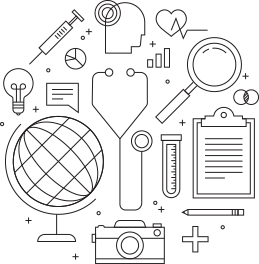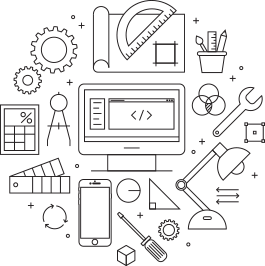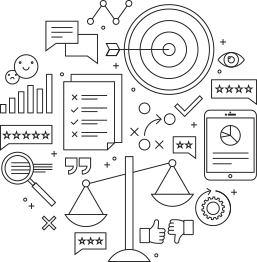Truly innovative solutions are not only creative, but also practical in the context of a culture and its people. To accomplish this, the engineering design field has expanded from a function-centered view to include a human-centered perspective of design, where the focus is on developing an experience between the user and the product. Design ethnography is a methodology by which a designer can develop a thorough understanding of a product’s stakeholder and context-of-use in order to inform decisions. Adapted for use by design engineers, design ethnography attempts to represent the perspectives of daily life and defines approaches for understanding the actions, words, and thoughts of users and stakeholders.

By placing the researcher into the users’ environments and exploring the ways users engage in daily life, design ethnography data collection methods can remove biases and pitfalls of self-reporting through direct examination of users’ potential needs. Our lab is interested in how design ethnography can be used to improve medical devices in low-resource settings, how novices learn and use design ethnography, and how novice use compares to expert use of design ethnography.

Design prototypes play an essential role in the product design process and enable designers to specify, meet, and verify design and engineering challenges. Since engineers are not typically trained in immersive methods, the solutions they develop often do not include the ethnographic foundation crucial to a product’s successful adoption. Expert practitioners develop ethnographic skills to form a deep understanding of the design problem with the intention of testing it in the real world, where it’s needed, under true conditions.

With both users and stakeholders involved, we frequently use prototypes to share ideas and reiterate and elicit information essential for design decisions. We examine how and when designers use prototypes in the development cycle and how prototypes assist during stakeholder interactions, identification of user requirements, verification of goals, and their overall contribution to a successful project outcome.
The process continues (prototype/test/iterate) until the solution fulfills the need. At this point, it is market ready because of its proven ability to solve a problem in a way that precisely suits its intended user.